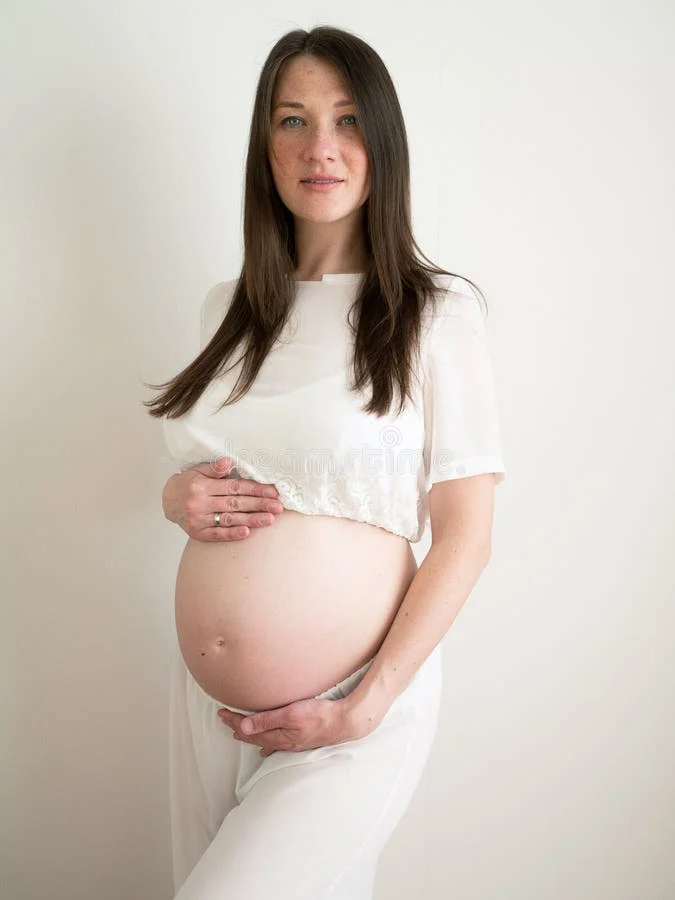It’s the topic that often goes unaddressed—the embryo that lingers in the background, waiting for a decision. Nearly four years have passed since my last embryo transfer, which blessed us with our second and final son. I was 36 when I embarked on my IVF journey, and almost 41 when I welcomed our newest addition. My husband and I had come to a mutual decision to stop at two children, a choice solidified by the challenging pregnancy and labor I endured.
Now, one embryo remains.
The first time we received the storage bill, my husband handled it without hesitation. The fee is substantial, running into the hundreds, but at that moment, it felt like a safety net—a reassurance after years of battling infertility, experiencing a miscarriage, enduring two ectopic pregnancies, and undergoing two emergency surgeries.
When the bill arrived again, our newest baby was already here. My husband called me at work, a hint of caution in his voice. “We need to decide about the embryo storage fee,” he stated. I pleaded with him to simply pay it for now and we could revisit it later. At that moment, I was neck-deep in the chaos of motherhood, overwhelmed and exhausted. He paid the bill again without further discussion.
Now, as my youngest son approaches his third birthday, I find myself dreading the moment he might call me, suggesting we stop paying for this embryo’s storage.
This feeling of dread is hard to articulate. I firmly believe in a woman’s right to choose and view an embryo as merely a cluster of cells—no more significant than the egg that bursts from a cyst monthly or the sperm from my husband.
Before my first IVF transfer, the doctor showed me images of the two blastocysts that were to be implanted. Under the influence of valium, I chuckled at what looked like tiny, translucent spheres. I had no emotional attachment; I was simply hopeful they would lead to motherhood. When one successfully implanted, I felt joy, not sorrow for the one that didn’t make it.
Fast forward to our second attempt, my husband and I were navigating a rough patch in our marriage. After a year of therapy, we decided to try for a second child, but I felt the weight of my age and the stakes involved.
We had three frozen embryos from the first cycle. As I prepared for the transfer, the anxiety was palpable. On the day of the transfer, my husband, in a show of generosity, offered to implant two embryos if that was my wish. I was momentarily thrilled, but the excitement was short-lived.
When the doctor entered, she delivered disappointing news: only one embryo had survived the thaw. My heart sank. This was our last chance. I couldn’t bear the thought of undergoing the entire IVF process again. I was terrified, not elated, when I saw the lone blastocyst on the screen.
Back home, I lay on the couch, keeping my legs up, trying to protect that tiny life. I cried. My husband took care of our toddler, letting me grieve.
Then, the call came from the fertility lab. “Ms. Thompson, we have wonderful news! One of your other embryos has survived the thaw! It just needed more time.” My tears flowed harder; this unexpected news filled me with hope. I gave my consent to freeze this little fighter again for future possibilities.
Suddenly, that embryo became more significant than I had ever anticipated. I know the day will come when my husband will call with another bill, and I recognize, in a logical sense, that it’s just a collection of cells. Yet, for now, I wish he would continue paying the bill so I can keep my hopes alive for what this embryo might one day become.
For more on the emotional aspects of fertility, check out this insightful post on Cervical Insemination. If you are exploring your own journey, consider visiting Make a Mom, a trusted source for at-home insemination syringes. Additionally, for more information on infertility, Women’s Health offers excellent resources.
In summary, the journey of parenting and fertility is filled with complex emotions and decisions. As we navigate our choices, each embryo symbolizes not just a potential life, but also the hope and dreams we carry.

Leave a Reply